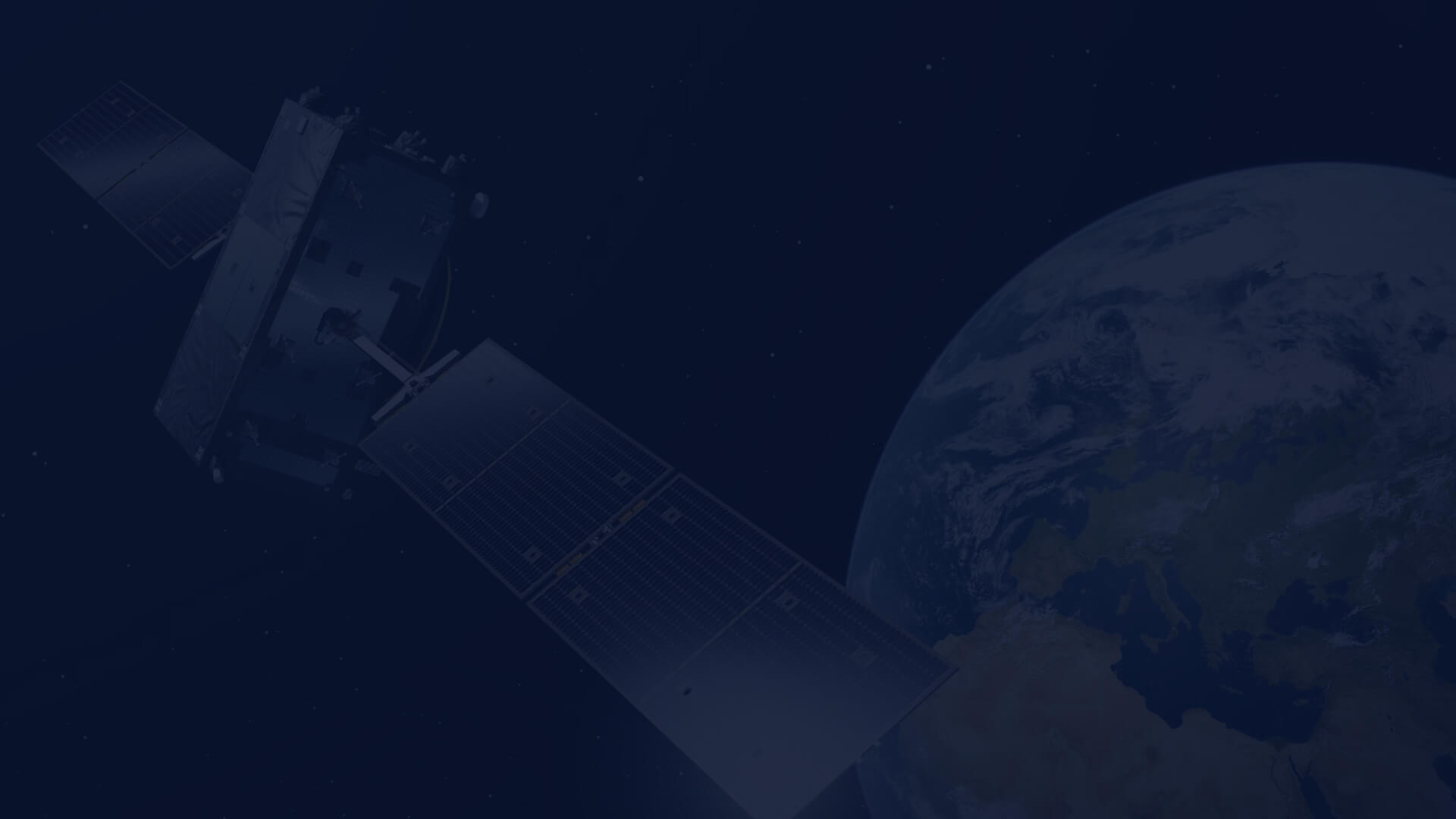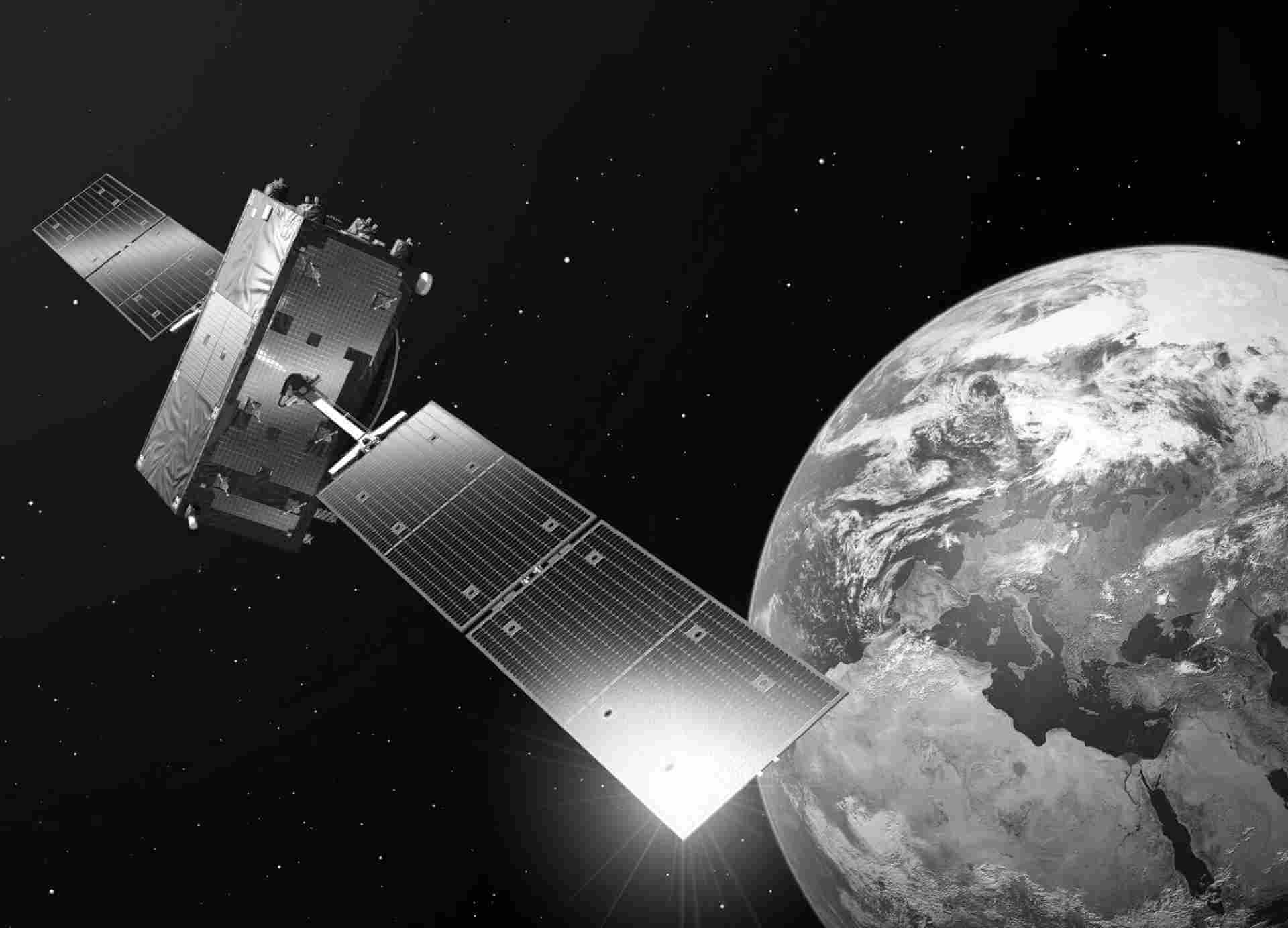By dr Jędrzej Bojanowski, Director of EO Data Science and Products at CloudFerro
Attending the Living Planet Symposium 2025 in Vienna was a truly eye-opening experience. The scale of the event was impressive - over 7300 people registered (with 6800 attending in person) from 119 countries, showing just how global and dynamic the Earth observation community has become. With more than 250 sessions, 60 agoras, and over 4200 scientific presentations and posters, there was a real sense of momentum, innovation, and diversity throughout the venue.
One of the biggest takeaways for me was how much easier and more affordable it is getting to launch satellites. The main challenge now is choosing the right payload to deliver valuable insights for both science and business. Ground segment providers are keeping up with this demand. CloudFerro, in particular, is aiming to cover the full value chain - from data transmission and ingestion to indexing, processing, and making data available in the cloud.
Data standards were a major topic of discussion. The Spatiotemporal Asset Catalog (STAC) is almost everywhere, but there are still challenges: different tools don not always validate data the same way, and some projects need more advanced, nested data collections. Still, we are proud to provide STAC for Copernicus Data Space Ecosystem users, and the feedback has been very positive.
A big shift is underway as the community prepares to move from older formats like SAFE/JPEG2000 to cloud-native formats like Zarr. Zarr v3 and geoZarr are being developed to solve issues with managing many small files and to introduce features like zoom levels for different dimensions, but questions remain about the best chunking strategies and the lack of metadata in individual files. There is also understandable concern about ensuring data continuity as Copernicus transitions to these new formats. As a cloud provider, we are working hard to make sure our ecosystem is optimized for Zarr adoption and to support users through this change.
AI and machine learning were everywhere at the event. Google’s announcement of global EO embeddings - 64-dimensional vectors for each pixel per year - felt like a major step forward. At the same time, CloudFerro has already released its own global embeddings for several models, which was well received by the community. These new data and tools, along with foundation models, could change how we use EO data, even if the results are not always visually intuitive. The need for higher spatiotemporal resolution came up repeatedly, and there is hope that AI can help fill data gaps and improve data fusion.
And, of course, the European headache – safety, resilience and sustainability kept recurring in various contexts. At CloudFerro we are looking forward to contribute to the ERS and in the future to the EOGS with our insights and our sovereign cloud services.
Federation and community-building are also becoming more important. Users want to access multiple data sources with a single API and login, and there is a clear push for more open and collaborative environments. EOEPCA is likely to become the standard for federated services.
Finally, cloud processing has become a standard approach in the Earth Observation field. Platforms like CREODIAS are now becoming more widely known and trusted. We have received some very encouraging feedback, particularly around how our services help users access and process large volumes of satellite data more easily. Focus on open standards is also very important for users. Being part of this community continues to inspire us to keep improving and supporting our users even more.
Thank you for all the great conversations at the CloudFerro, VITO, CDSE and ESA booths, and for the valuable feedback following our presentations, sessions, and posters. Stay tuned — there’s more to come!

CREODIAS users can now use a new version of the Zipper application that allows to download Earth Observation products from EO Data repository. Products can be in a form of zipped or single files and can be delivered by Zipper via https protocol.
Zipper 2.0.0 has been developed in a different programming language than previously, which brings about improvements performance, scalability, and maintainability, while keeping the user-facing API consistent.
What's new?
- New technology that better handles concurrency, and ensures faster response times - download performance is improved by more than 50%, up to 1 Gbps
- Asynchronous download of small files, which improves responsiveness
- New custom ZIP library with proper support for **zip64** format
- Improved HTTP status code consistency (e.g., 403 for invalid URLs or exceeded file sizes, 422 for invalid UUIDs)
- Better handling of streaming errors without corrupting the response.
Read more in this document: "How to Download a Single Product Using Data Explorer on CREODIAS Cloud".
The CREODIAS platform has just gained a new set of global AI embeddings, offering the Earth Observation (EO) community access to even more advanced representations of satellite data.
Embeddings are global AI transformations of Earth observation data (AI embeddings), or more specifically, they are numerical representations of satellite imagery produced using artificial intelligence models. These datasets contain key information, making it easier for scientists and analysts to work with satellite data, tune AI models and extract valuable insights, without having to process large raw datasets.
This is another milestone towards open access to data and AI-based tools for analyzing satellite imagery. The embeddings were developed in collaboration with ESA Φ-lab and Asterisk Labs,
According to what we reported earlier, embeddings are very popular among AI for EO users. Now the collection has been enriched with data generated by three models: MMEarth, DeCUR-S1 and DeCUR-S2.
Total embedding resources after the update:
- 51 TB of AI embeddings generated from processed Sentinel data,
- more than 40 billion embedding vectors,
- processing of 147 TB of raw satellite data,
- analysis covering more than 15 million Sentinel-1 and Sentinel-2 scenes and more than 16 trillion pixels.
The collection is part of the expanded Major TOM publication standard (https://huggingface.co/Major-TOM), and embeddings are available both on the HuggingFace platform and directly in the EODATA catalogue on CREODIAS.
Data location (EODATA directory) of the S3 path:
s3://EODATA/auxdata/MajorTOM/embeddings/Core-S2L2A-MMEarth/
s3://EODATA/auxdata/MajorTOM/embeddings/Core-S1RTC-DeCUR/
s3://EODATA/auxdata/MajorTOM/embeddings/Core-S2L1C-DeCUR/
s3://EODATA/auxdata/MajorTOM/embeddings/Core-S1RTC-SSL4EO/
s3://EODATA/auxdata/MajorTOM/embeddings/Core-S2L1C-SSL4EO/
s3://EODATA/auxdata/MajorTOM/embeddings/Core-S2RGB-DINOv2/
s3://EODATA/auxdata/MajorTOM/embeddings/Core-S2RGB-SigLIP/
Example of reading SigLIP S2L2A RGB embeddings from the EODATA catalog using Python:
import geopandas as gpd
s3_variables = {"endpoint_url": "https://eodata.cloudferro.com",
"key": "<INSERT YOUR PUBLIC KEY HERE>",
"secret": "<INSERT YOUR SECRET KEY HERE >"}
df = gpd.read_parquet("s3://EODATA/auxdata/MajorTOM/embeddings/Core-S2RGB-SigLIP/part_00001-00100.parquet",storage_options=s3_variables)
Access on HuggingFace
Due to limitations in making terabyte datasets available in the HuggingFace repository for embeddings developed on the MMEarth model, averaged versions (10×10 pooling) are available. The full collections can be found on CREODIAS.
Data links on HuggingFace:
- https://huggingface.co/datasets/Major-TOM/Core-S2L2A-MMEarth (Core-S2L2A-MMEarth)
- https://huggingface.co/datasets/Major-TOM/Core-S1RTC-DeCUR (Core-S1RTC-DeCUR)
- https://huggingface.co/datasets/Major-TOM/Core-S2L1C-DeCUR (Core-S2L1C-DeCUR)
What's next?
In the next stages, it is planned to make the MajorTOM satellite dataset available in a form optimized for rapid access and use, along with embeddings on the CREODIAS platform. In addition, use-cases (use-cases) for the embeddings will be developed, and notebooks with examples of their use will be made available to the community, making it even easier to put the technology into practice.
Team: Jędrzej Bojanowski, CloudFerro; Marcin Kluczek, CloudFerro; Mikołaj Czerkawski, ESA Φ-lab / Asterisk Labs.

We invite all users of geospatial data to participate in a competition that aims to recognize best solutions and apps that provide value based on consolidation, processing and dissemination of spatial data using CloudFerro Cloud and CREODIAS platform services, tools and data.
The goal of the competition is to foster an ecosystem of spatial data producers, adopters and end users on CloudFerro Cloud. The proposals should include a solution that combines multiple collections of geospatial data, run on environments hosted by CloudFerro Cloud and use CloudFerro AI tools to build user-facing interfaces. It should clearly outline what areas it will impact and how, and what value it will bring in that area. Applicants should have a proven track record of practical or scientific activities.
All proposals should be submitted via email to cloud-competition@cloudferro.com, as PDFs by 31 May 2025.
The authors of the proposals selected by a Jury will receive a technical support package for developing geospatial applications covering: computing power, storage, and networking tailored to the project’s needs, personalized mentoring, hands-on technical support. Successfully completed projects will receive additional technical support packages for support services for further development or operations.
For more details, go to the Geospatial Innovation Competition page.

